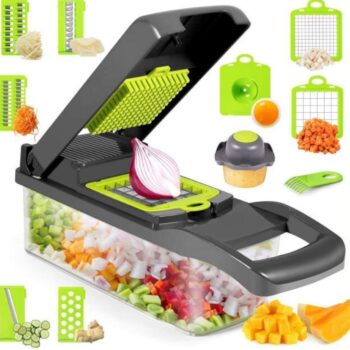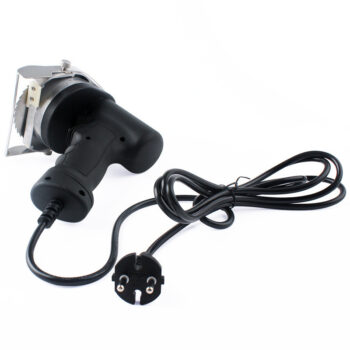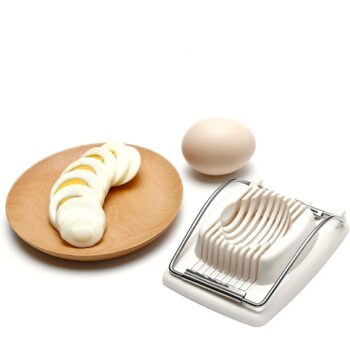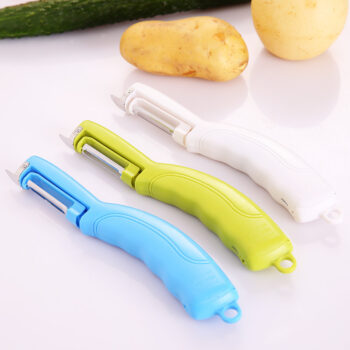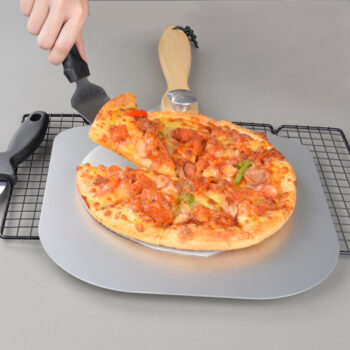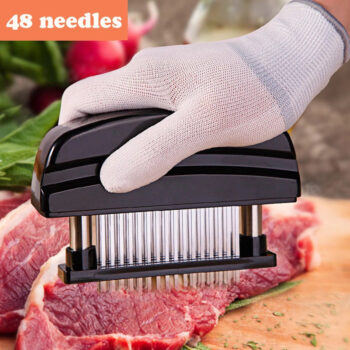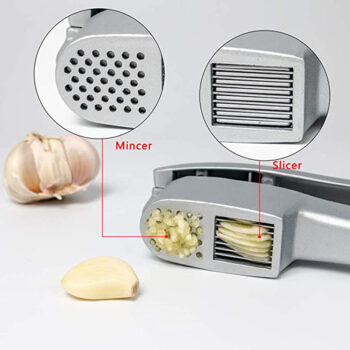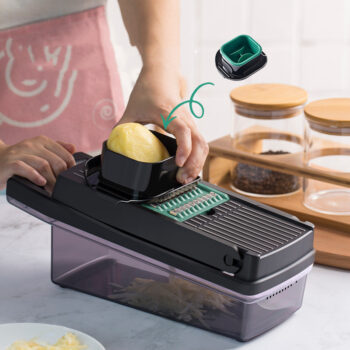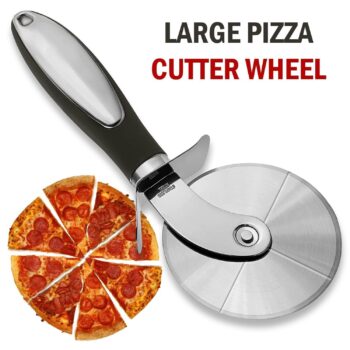Kitchen Cutting Tools
(20)Explore our extensive collection of kitchen cutting tools to find the perfect additions to your culinary arsenal. With our premium selection of knives, scissors, and other cutting tools, you'll be equipped to tackle any cooking task with ease and precision. Elevate your culinary skills and enjoy the art of cooking with confidence and style.
Enhance your kitchen arsenal with our premium kitchen cutting tools. Crafted from durable materials and precision-engineered for optimal performance, our knives, scissors, and other cutting tools are designed to meet the demands of professional chefs and home cooks alike. Browse our selection to find the perfect tools to streamline your food preparation process and elevate your culinary creations.
FAQs about Kitchen Cutting Tools
1. What types of kitchen cutting tools are essential for every kitchen?
Every kitchen should have a few essential cutting tools, including a chef’s knife, a paring knife, kitchen shears, and a cutting board. These tools cover a wide range of tasks, from chopping and slicing to trimming and snipping.
2. How should I care for my kitchen cutting tools to maintain their sharpness and longevity?
Proper care and maintenance are crucial for keeping your kitchen cutting tools in top condition. After each use, wash them with warm, soapy water and dry them thoroughly to prevent rust. Regularly sharpening your knives with a sharpening stone or honing steel will help maintain their sharpness. Additionally, store your knives properly, either in a knife block or on a magnetic strip, to prevent damage to the blades.
3.What should I look for when choosing kitchen cutting tools?
When selecting kitchen cutting tools, consider factors such as the material, handle design, and blade sharpness. Opt for high-quality materials like stainless steel for durability and longevity. Comfortable and ergonomic handles are essential for a secure grip and ease of use, especially during prolonged cutting tasks. Sharp blades with a proper edge angle ensure efficient cutting and precision.
4. What are the different types of knives available for kitchen use?
Kitchen knives come in various shapes and sizes, each designed for specific tasks. Some common types include chef’s knives, which are versatile and suitable for chopping, slicing, and dicing; paring knives, ideal for intricate cutting and peeling tasks; serrated knives, perfect for slicing bread and delicate fruits; and utility knives, which bridge the gap between a chef’s knife and a paring knife, offering versatility for various cutting tasks.
5. How often should I sharpen my kitchen knives?
The frequency of sharpening your kitchen knives depends on how often you use them and the type of cutting tasks performed. As a general rule, knives used regularly may require sharpening every few months to maintain their sharpness. However, knives used infrequently may only need sharpening once or twice a year. Pay attention to signs of dullness, such as difficulty slicing through food or squashing instead of cutting, and sharpen as needed.
6. Are there any safety tips to keep in mind when using kitchen cutting tools?
Safety is paramount when using kitchen cutting tools to prevent accidents and injuries. Always use proper cutting techniques, such as curling your fingers under and using a claw grip when chopping ingredients. Keep your cutting area clean and free of clutter to avoid accidents caused by slipping or tripping. When not in use, store your knives in a safe place, such as a knife block or sheath, to prevent accidental cuts.
7. Can kitchen cutting tools be used for other tasks besides food preparation?
While kitchen cutting tools are primarily designed for food preparation, some may have additional uses around the house. For example, kitchen shears can be handy for cutting open packages or trimming herbs, while vegetable peelers can be used to peel fruits and vegetables for snacks or garnishes. However, it’s essential to clean and sanitize these tools thoroughly before using them for non-food-related tasks to prevent cross-contamination.
8. What are some signs that indicate it’s time to replace my kitchen cutting tools?
Over time, kitchen cutting tools may become worn or damaged, affecting their performance and safety. Signs that indicate it’s time to replace your tools include blades that are chipped or bent, handles that are cracked or loose, or knives that no longer hold their sharpness despite regular sharpening. Additionally, if you notice rust or corrosion on the blades, it’s best to replace the tool to prevent contamination of your food.
9. Are there any specialized cutting tools available for specific types of cuisine or cooking techniques?
Yes, there are specialized cutting tools available for various types of cuisine and cooking techniques. For example, sushi knives are specially designed for slicing fish for sushi and sashimi, while cleavers are commonly used in Chinese cuisine for chopping through bones and tough ingredients. Additionally, mandolines are useful for achieving thin, uniform slices of vegetables and fruits for dishes like salads and gratins.
10. What are some popular brands known for their quality kitchen cutting tools?
There are several reputable brands known for producing high-quality kitchen cutting tools, including Wüsthof, Shun, Zwilling J.A. Henckels, Victorinox, and Global. These brands are renowned for their craftsmanship, durability, and precision, making them popular choices among professional chefs and home cooks alike.

